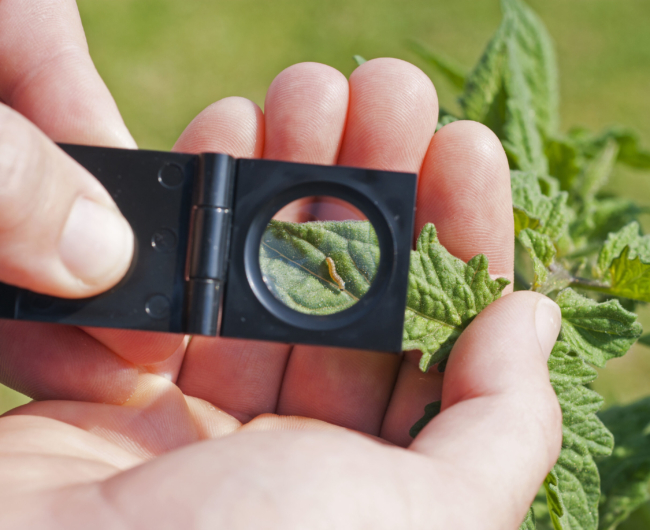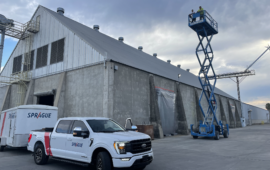Integrated Pest Management
HEALTHIER, SAFER ENVIRONMENTS
The world deserves to eat safer food, and to live and work in healthier environments. That is why integrated pest management (IPM) is the foundation on which Sprague has designed and delivered pest management programs for its clients for nearly a century.
Sprague deploys the latest tools, technology and treatment methods as part of its commitment to protect people, food and property from the numerous public health threats pests present, while at the same time lessening the environmental footprint of its vital services.
Our proven IPM services are backed by years of experience protecting some of the nation’s most recognized brands and delivered by highly trained service specialists who take pride in their work and who go the extra mile to exceed client expectations.
What is integrated pest management (IPM)?

Steps Involved in an IPM Program
-
Pest Identification
-
The first step in IPM is to identify the type of pest and determine its level of infestation. This helps to determine the appropriate control measures to be used.
-
Monitoring
-
Regular monitoring is necessary to detect pest activity and determine if control measures are working effectively.
-
Thresholds
-
Establishing pest thresholds is important in determining when and how to apply control measures. This involves determining the level of pest activity that is tolerable before action needs to be taken.
-
Prevention
-
Preventive measures are the first line of defense in an IPM program. This involves eliminating conditions that are conducive to pest infestations, such as eliminating food sources, sealing entry points, and reducing moisture.
-
Control Measures
-
If preventive measures are not sufficient, control measures can be applied. These may include physical methods such as trapping or exclusion, biological methods such as the use of natural predators or parasites, and chemical methods such as the targeted use of pesticides.
-
Evaluation
-
Regular evaluation is necessary to determine the effectiveness of control measures and make adjustments as necessary.



